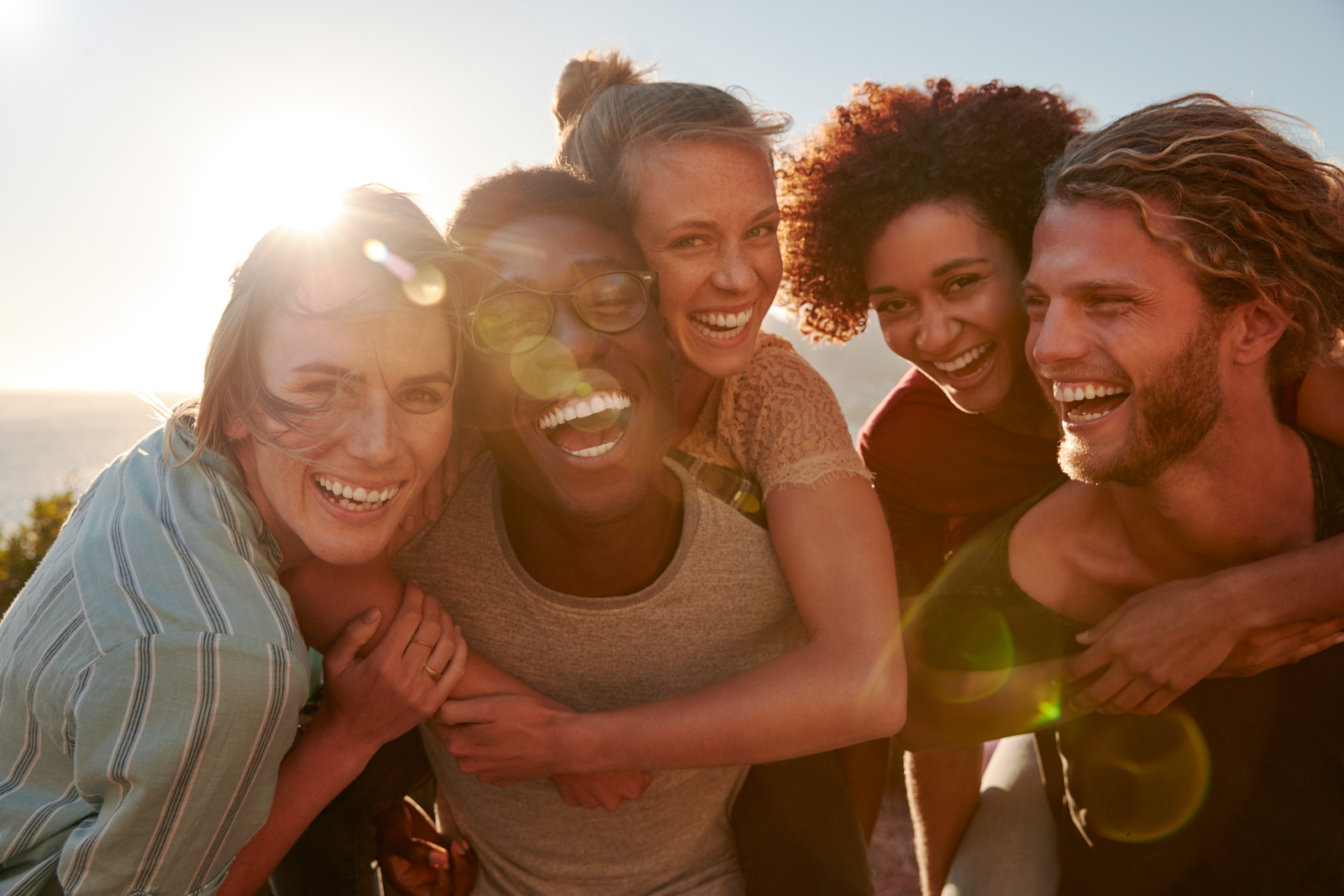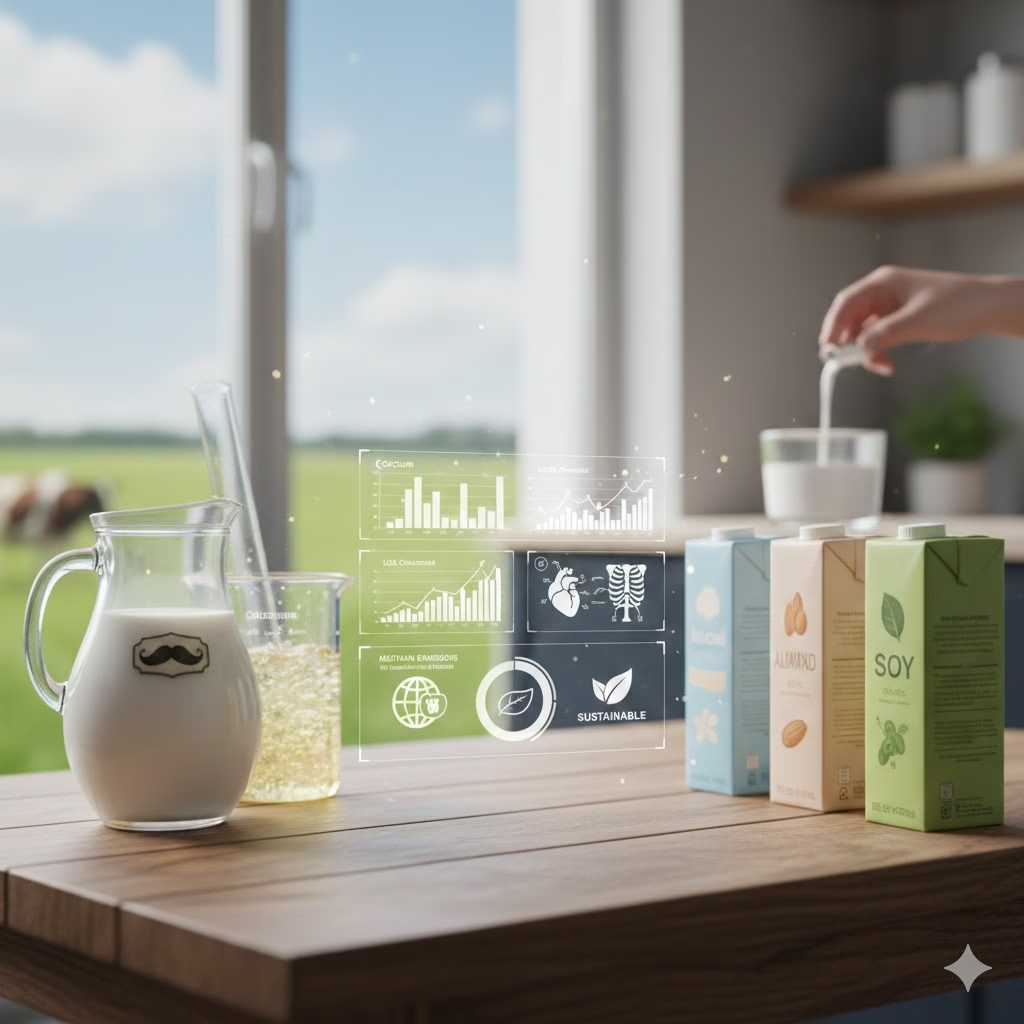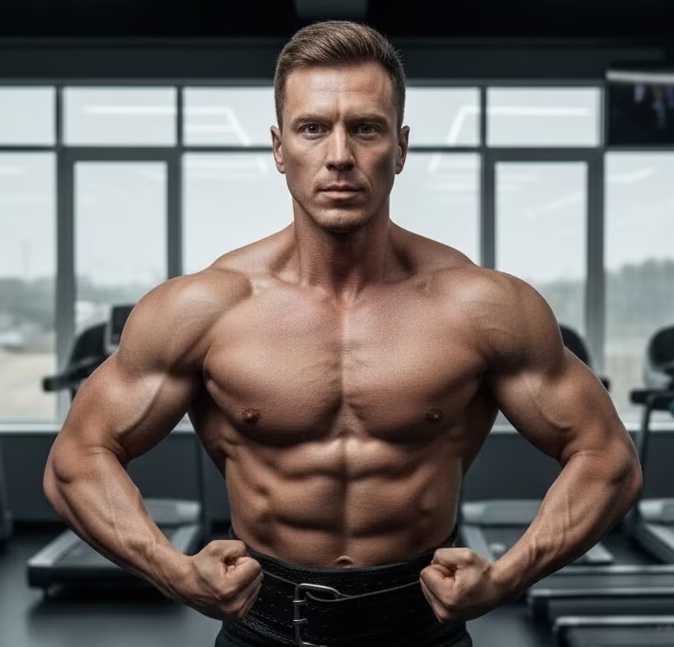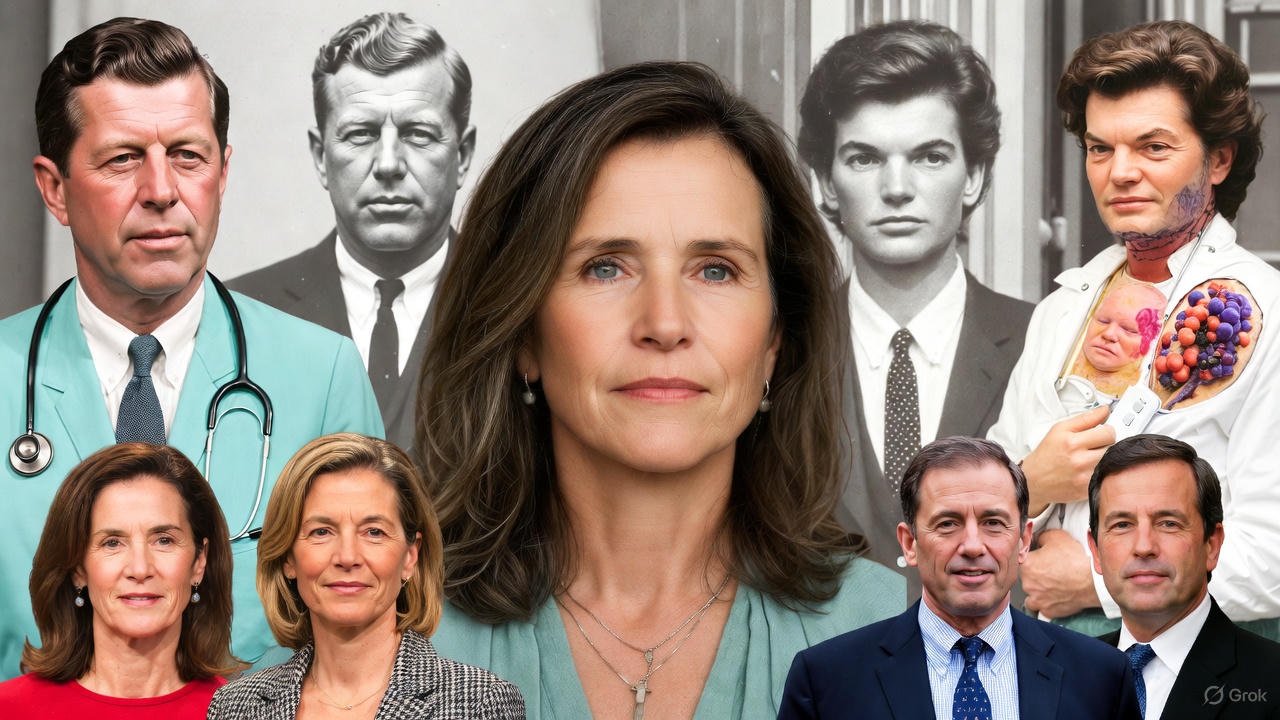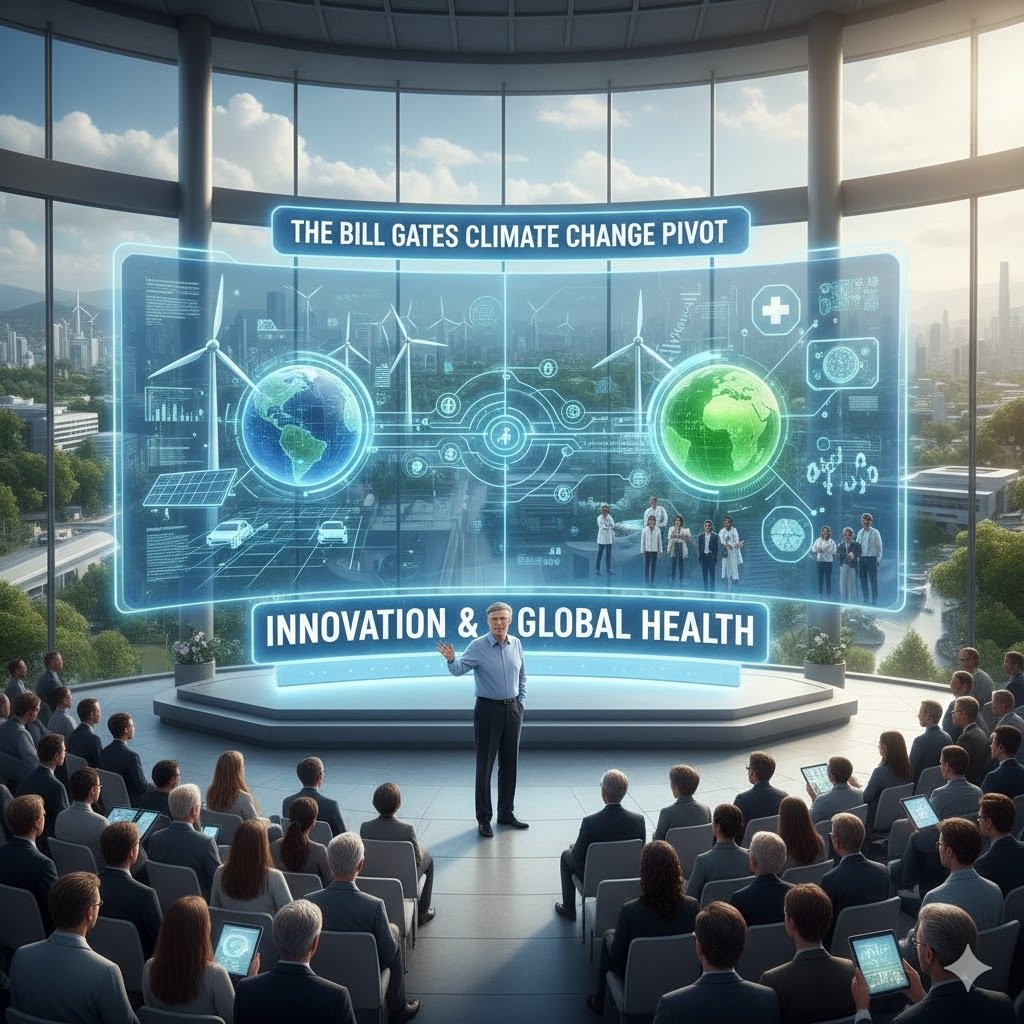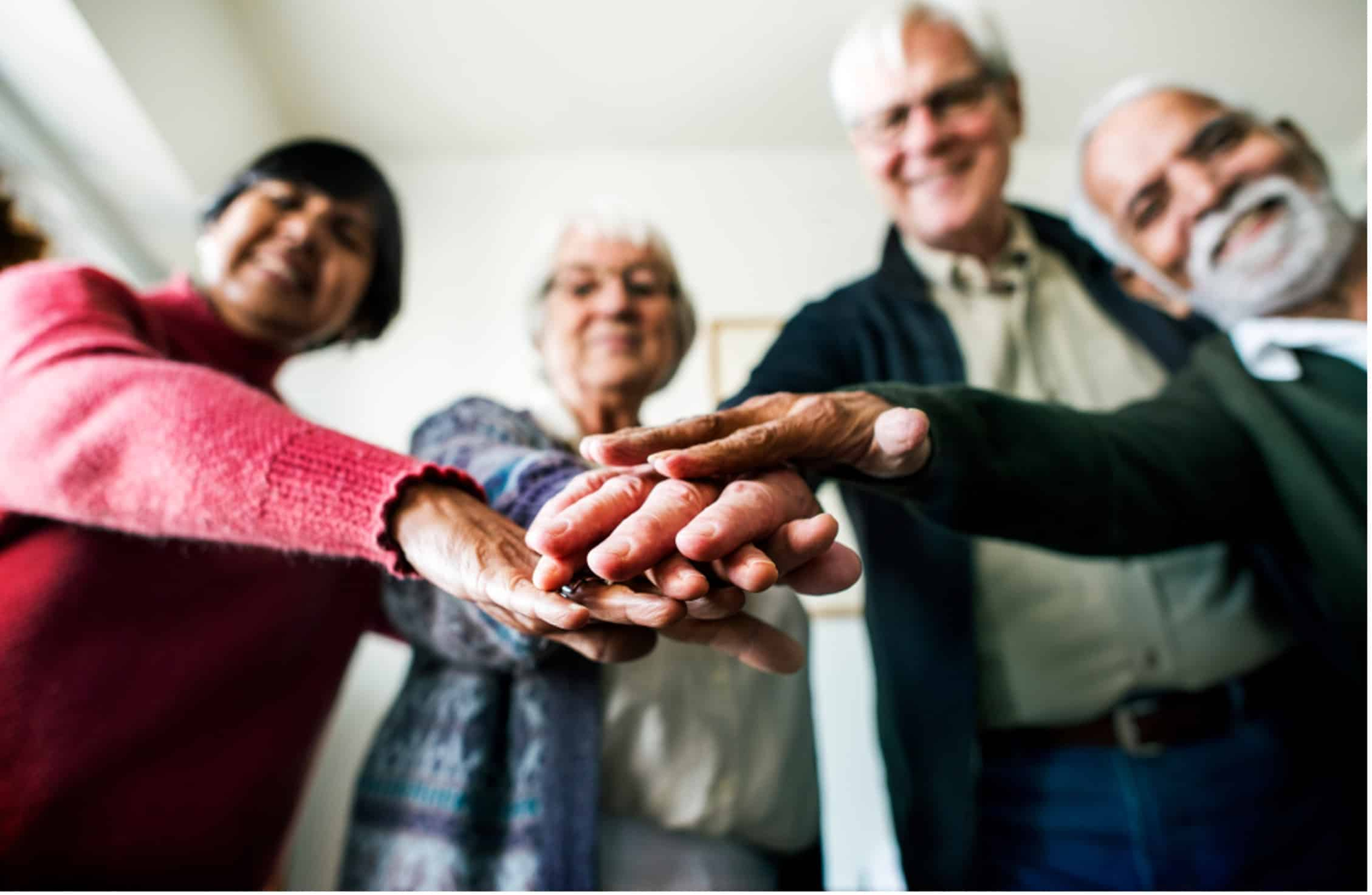
Did you ever notice how certain individuals appear to experience more health issues than others, even if they are living in the same neighborhood or community? Their reasons may go further than personal habits or heredity. A prime, underappreciated variable is gender inequality.

Gender is not only biology—gender is about the expectations, norms, and roles society imposes upon individuals based on whether they are perceived as women, men, girls, or boys. Those social norms determine everything from who gets to make decisions, to who gets access to healthcare, to who is most hurt during crises like pandemics or natural disasters.

Gender is socially constructed. That means it’s built from the behaviors and roles society expects from us, and those expectations can change over time or differ between cultures. But one thing tends to remain the same: gender is structured in a way that creates and reinforces inequality. These inequalities often intersect with other forms of discrimination, such as those based on race, disability, income level, or where someone lives. As the World Health Organization states, “Gender-based discrimination intersects with other factors of discrimination, such as ethnicity, socioeconomic status, disability, age, geographic location, gender identity and sexual orientation, among others.”

These disparities have severe, at times life-threatening, implications for health. Women and girls, for instance, tend to encounter greater obstacles when attempting to access basic health information and services. This may be because of restricted mobility, lack of choice, lesser education, or discriminatory behaviors by both the communities and health workers. The effect is evident: more unintended pregnancies, sexually transmitted diseases, malnutrition, and abuse of the elderly. And gender violence continues to be alarmingly prevalent, with an estimated one in three women globally subjected to physical or sexual violence in her lifetime, as reported by the World Health Organization.

But gender inequality hurts men and boys, too. Damaging masculinity norms can push boys and men into dangerous behaviors such as smoking, excessive drinking, or dismissing health issues altogether. The same gender norms can also make it more difficult for men to discuss mental health or seek support when they need it. They can even help account for cycles of violence, both as victims and perpetrators.

Then throw climate change into the mix, and the dangers become even more complicated. The climate emergency is not gender-neutral. As UN Women explains, “Women and girls bear the brunt of its impacts, which amplify existing gender inequalities and pose unique threats to their livelihoods, health and safety.” Women in most of the world are in charge of bringing home food, water, and fuel for their families. During droughts, floods, or other calamities, these chores are even harder to do. In some instances, girls are withdrawn from school so that they may assist at home.

Climate change also acts as what experts call a “threat multiplier.” It makes existing social and economic challenges even worse. For instance, research shared by UN Women found that femicide—the killing of women because they are women—increased by 28 percent during heatwaves. In conflict-affected regions, climate disasters can destroy livelihoods and cut off access to food, water, or healthcare, leading to spikes in sexual violence, child marriage, and human trafficking.

When disasters strike, women are more likely to be harmed or killed, not due to biology, but due to entrenched disparities in access to information, mobility, and resources. Following the disaster, those same disparities make it more difficult for women and girls to receive emergency assistance or reconstruct their lives. Climate change also exacerbates maternal and newborn health. Severe heat, for instance, is associated with increased incidence of stillbirths and facilitates disease transmission such as malaria and dengue fever.

It’s also worth noting that not all women and girls are affected equally. Intersectionality—the concept that multiple inequalities may intersect—means Indigenous and Afro-descendant women, women with disabilities, older women, migrants, LGBTIQ+ people, and rural or conflict zone populations tend to be at even more risk. In the words of Thai human rights activist Matcha Phorn-in, “If you are invisible in everyday life, your needs will not be considered in a crisis.”

What do we do, then? The answers must be gender-responsive, designed in light of the realities and aspirations of different people. That means making health affordable, accessible, and respectful to everyone. That means having women and girls participate in decisions that affect them. That means investing in green, sustainable jobs and leadership for women for climate action, as advised by institutions such as UN Women.

Fighting gender inequality is not only a question of justice—it’s about creating stronger, healthier, and more sustainable communities. When we recognize how gender affects health and well-being, particularly in today’s fast-changing world, we can create wiser solutions that leave no one behind.
